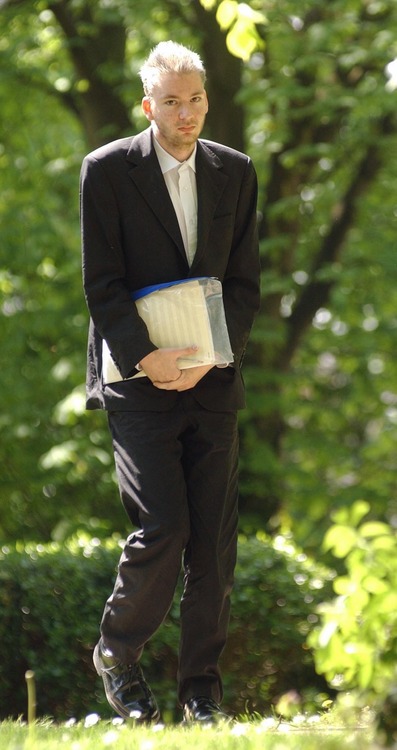So, in reality, what can we learn about Andreas and this mystery?
It certainly seems that his story captured imagination – but was this empathy for our fellow man; a good mystery; a desire for the supernatural and the unknown; a malicious need for details about another person’s tragedy?
Probably a mixture of it all.
So there are several possibilities:
– THE HUMAN BEING
Andreas apparently objected to national service, and instead worked in a hospital for the mentally ill, where it is claimed he could have picked up traits in order to fool doctors.
It is widely believed that Andreas was arrogant, and has later been connected with ‘the ScatMan’ – a young newspaper columnist who dreamt of hitting the big time. This Scatman was incredibly clever, speaking 6 languages, and like to berate others publicly. This man was always looking to be famous, to reach for the top by any means, and to get on tv.
He is often described as arrogant, and desperate to get away from the small village mentality of his tiny Bavarian home town. (See the Speigel articles below that support this argument).
Another widely recognised theory is that the young man was gay. He felt pressured or unwanted in his small, traditional and religious home, and moved to France to escape and become himself.
It is also reported that his state of ill health was a result of heartbreak after splitting from a man in France. This break up cause him to go in to a deep depression, which leads on to the theory that he was trying to commit suicide in Sheerness.
http://www.pinknews.co.uk/2007/05/01/piano-man-was-a-victim-of-gay-heartbreak/
– THE SCIENTIFIC POSSIBILITIES
There are lost of stories that were reported about this man’s state of health.
Originally, Post Traumatic Stress Disorder was sighted as most likely.
PTSD could have been a result of near drowning, or even cold, and could cause someone to lose their memory or speech for a short period. PTSD manifests in many ways, and is different with each person it affects.
If the man had tried to drown himself, or fallen from a boat, or found himself somewhere strange – all these things could result in PTSD.
Many people later believed that the man had a form of learning difficulty, such as autism. This could explain his great ability on the piano, but inability to communicate. He was nervous around people and made little eye contact, and didn’t like physical interaction.
Autism could also cause repetitive behaviour such as drawing the same thing over and over, and even compulsive behaviour such as cutting the labels out your clothes.
Sceptics say that this is a romanticised notion brought on by films such as Shine and Rain Man. For starters, there may be a good indication of a learning difficulty when tests and brain scans are performed on a patient, but there was none.
Amnesia is a possible cause – although is a very broad term that is hard to pin down. Memory exists throughout the brain, meaning a bump tot he head is unlikely to ‘knock out’ only a certain part of the brain containing memory, but leave all the normal cognitive functions behind. Highly unlikely, although not impossible.
One likely cause for this phenomenon would be Dissociative Disorder. This is a relatively misunderstood problem where emotional trauma can cause the brain to ‘block out’ something it finds too difficult to deal with.
This is more common, and more feasible, than many of us think. It is also often brought on by a small trauma, even a tiny knock to the head. Patients have been known to disassociate themselves from all sorts of both physical and mental functions, for example, if you are having a bad time in your life, your brain could convince itself that you are back in time, and therefore escape dealing with troubles in your current life.
This sounds ridiculous, but is a phenomenon know well to doctors.
Dissociative disorder goes hand in hand with Fugue State. A fugue state usually a short period where a person under stress, trauma or depression goes in to a ‘dream-like’ state and often goes wondering to places they do not know. It famously affected Agatha Christie, and also featured in Breaking Bad more recently.
This argument is often favoured because it a) explains why Andreas was in England – a place he did not know, and b) after a fugue a victim’s memories and knowledge tend to return in tact.
http://en.wikipedia.org/wiki/Fugue_state
It could be any of these things, a combination of all this, none of it.
We’ll probably never know….


